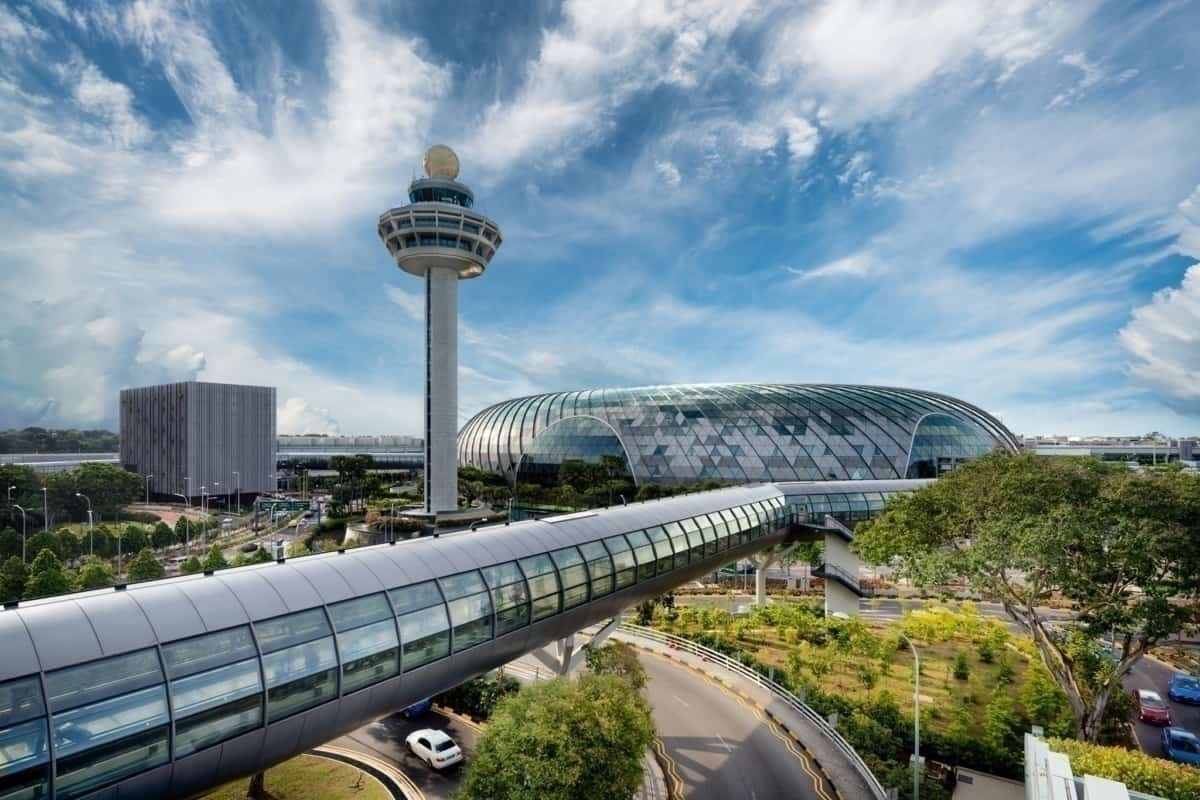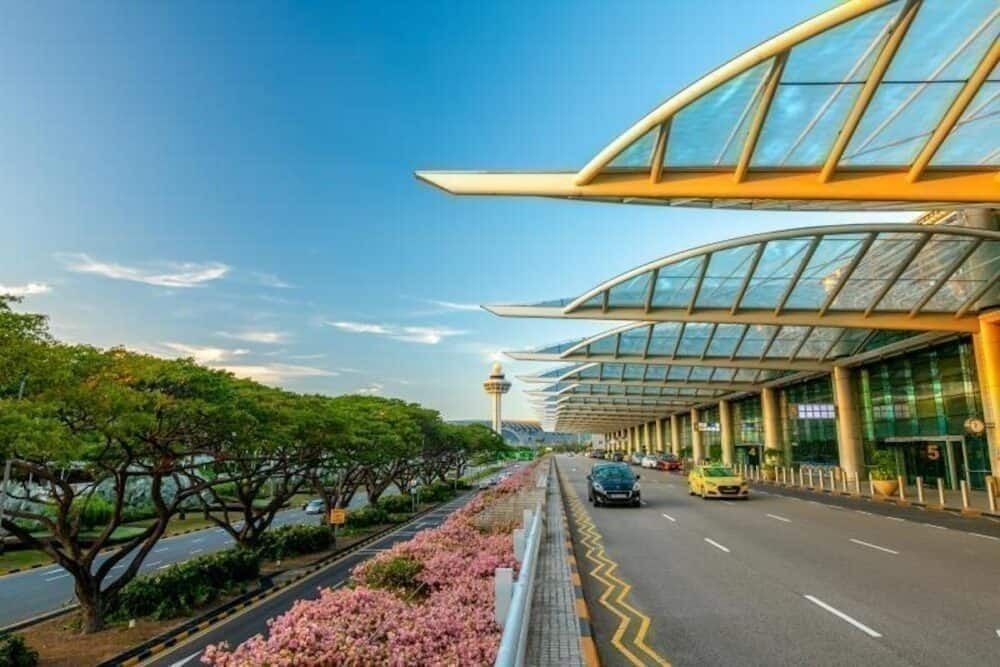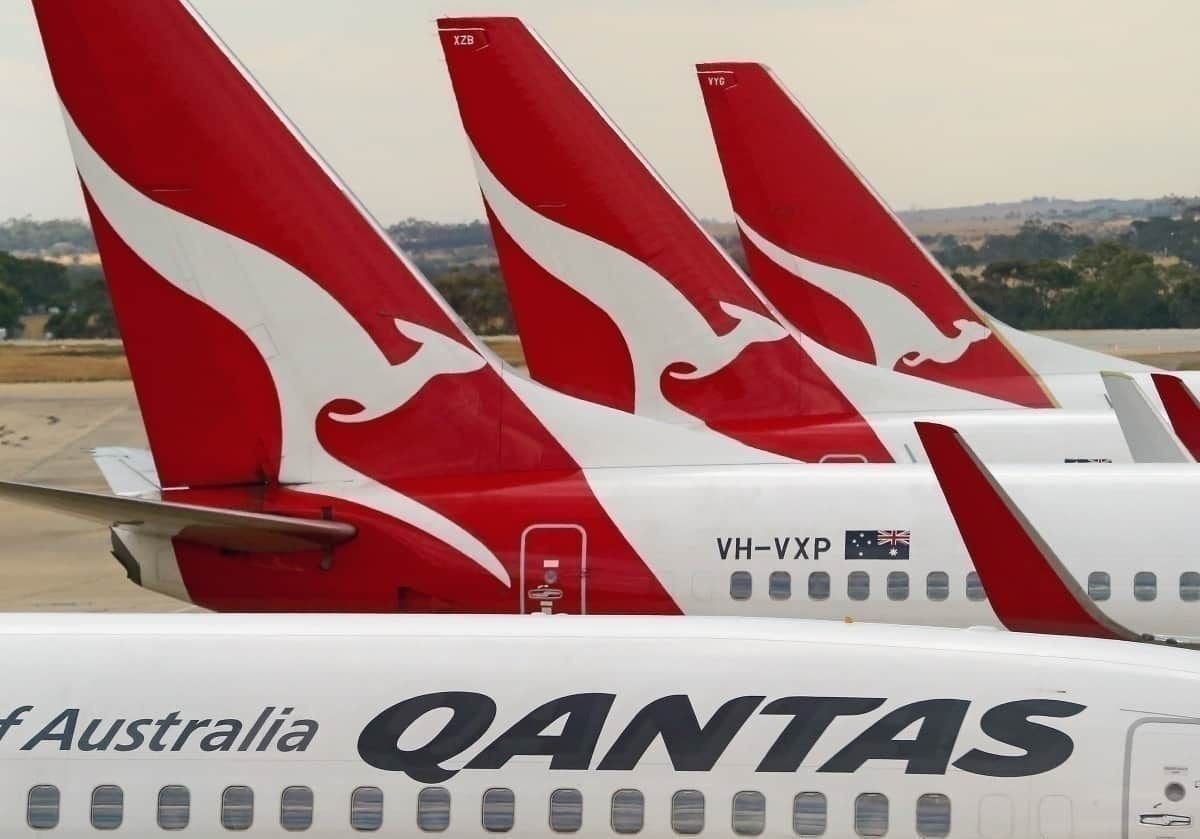Traveling will make a comeback sooner rather than later as Singapore is in discussions with South Korea and Australia to resume travel. Labeled “green-lane†arrangements, Singapore hopes to restart essential travel with states that are controlling the COVID-19 situation well.The move comes after the announcement that transit passengers will be gradually allowed into Singapore’s Changi Airport beginning June 2nd.New Zealand and Malaysia are two other nations similarly involved in green-lane discussions with Singapore. The People's Republic of China is the first to successfully establish the green-lane arrangement with Singapore, which will begin this month.
What does ‘green-lane’ mean?
Countries establish green-lane arrangements when they believe they can resume essential travel – for business and official purposes – with one another. A critical factor in determining this is trust in each nation’s handling of the coronavirus situation.
According to The Straits Times, Trade and Industry Minister Chan Chun Sing explained that,
“Reciprocal green lane agreements means there must be a mutual assurance of each other’s test protocol and standards.â€
In essence, if each country insists on testing travelers and implementing a 14-day quarantine, they will be subject to two swab tests and a month under quarantine.
Mr. Chan believes that countries involved would need to have confidence in the protocol the other state has employed. Both nations must "coordinate quarantine orders" so testing or quarantine orders will occur once. For now, Singapore is in discussions with multiple countries – albeit bilaterally.
On May 29th, Singapore managed to establish a green-lane with six provinces under the Chinese government – Shanghai, Tianjin, Chongqing, Guangdong, Jiangsu and Zhejiang. The Straits Times also reported that China and Singapore are focusing on “securing the connectivity of production and supply chains†and enabling the flow of medical supplies and food.
There is no news, however, for when mass travel will resume.
Why South Korea and Australia?
The situations in both nations are under control, and restrictions have started to ease. South Korea contained the virus effectively, despite its proximity to China, the epicenter of the original outbreak. To date, the country has only 1,081 active cases.
With a population of over 25 million, Australia has just 481 active cases at the time of writing. Australia’s federal government has even declared that international flights could resume quicker than domestic ones – amid a feud between states.
Australia is in talks to resume travel with New Zealand, another country that has handled COVID-19 competently.
Will Changi Airport bounce back?
Although Skytrax’s World’s Best Airport for eight years running, Changi Airport was not shielded from the wrath of the corona-crisis. The only airport in the city-state, it faced a massive drop in traffic. In April, Changi Airport had 25,200 in passenger activity; a 99.5% drop from January’s 5.95 million.
The plunge became significantly worse when the Singapore government banned inbound and transit passengers. Over the past two months, Changi Airport had to shut down Terminal 2 and Terminal 4, with Terminal 2 staying closed into 2021.
Airlines are taking a hit as well – with the state’s flag carrier, Singapore Airlines, reporting an annual net loss for the first time in 48 years.
As transit flights are resuming and green-lane arrangements are forming, we hope Changi Airport can bounce back, with caution, soon.
What do you think about such ‘green-lane’ arrangements? Should essential travel resume this month? Let us know in the comments.



